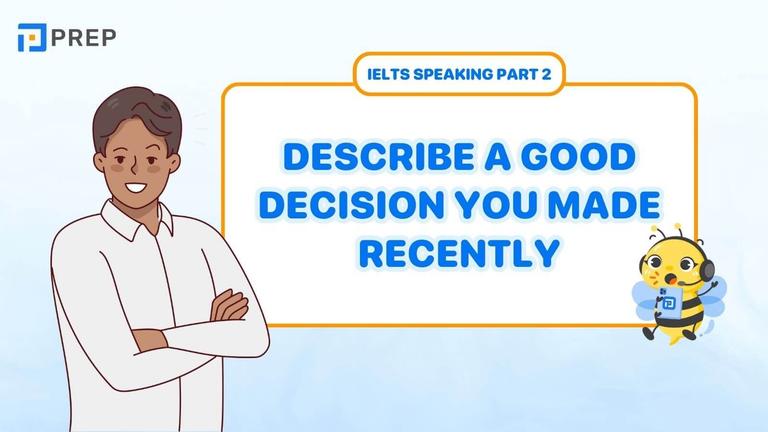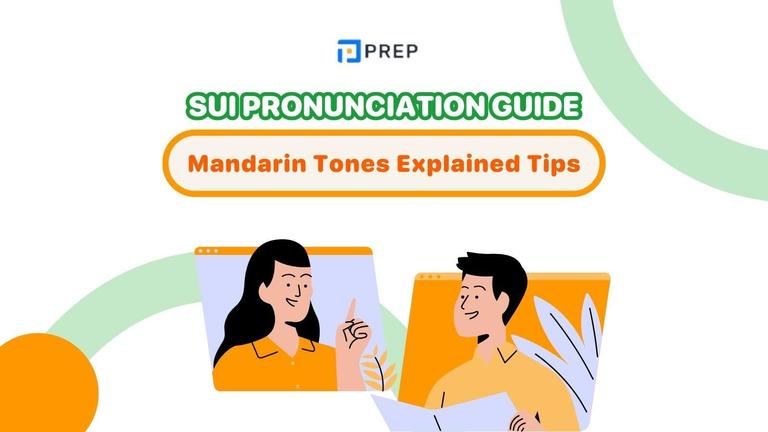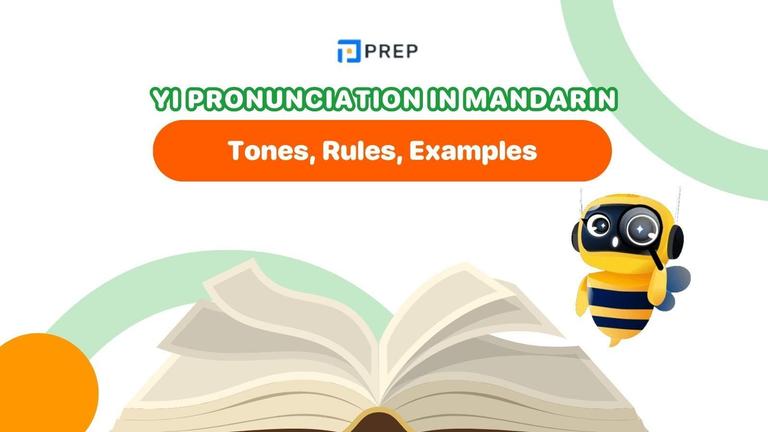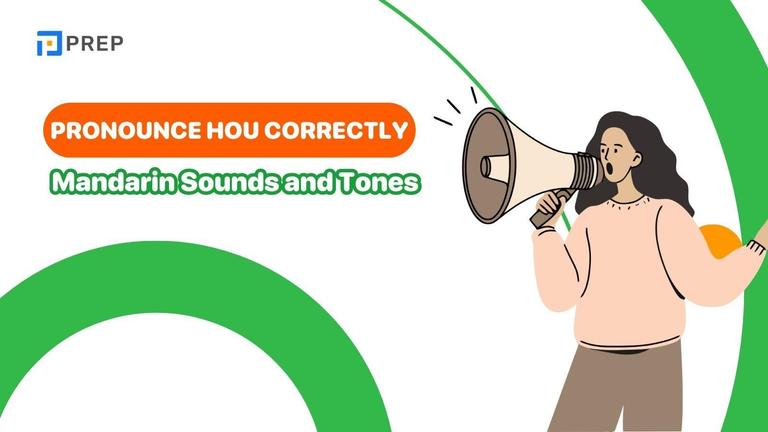What Do You Mean in English: Meaning and Examples
What do you mean” is a common English phrase used to ask for clarification, show confusion, or challenge an idea. In this guide, you’ll learn its exact meaning, grammar structures, typical expressions, exam usage, and the right way to avoid common mistakes.

I. What is “What do you mean in English”?
The phrase “What do you mean?” is a commonly used question in English that serves multiple functions in conversation. According to the Cambridge and Oxford Dictionaries, it is an expression used to ask someone to clarify their intention, words, or opinion.
At its core, “What do you mean?” means:
- You want the speaker to explain or clarify what they just said.
- You are unsure, surprised, or even slightly skeptical about their statement.
This makes it an essential phrase in spoken English, especially in informal conversations, debates, and situations where the listener needs further explanation.
Common Purposes:
- Requesting clarification: “What do you mean by ‘it’s too late’?”
- Expressing surprise or confusion: “What do you mean? I thought we already agreed.”
- Disagreement or pushback: “What do you mean I can't join the meeting?”
In short, it's a flexible, high-frequency idiomatic question that learners should understand both grammatically and situationally to use effectively.

1. Grammar Rules for Using “What Do You Mean”
Understanding the grammar behind “What do you mean” is essential for using it correctly in both casual conversation and formal situations. This section breaks down the most common structures and rules.
“What Do You Mean” + By
Used to ask someone to clarify a word, phrase, or idea. This is commonly used when the speaker wants a definition or explanation of a term or expression.
Structure:
What do you mean by + noun/phrase?
Examples:
- What do you mean by “limited access”?
- What do you mean by that comment?
“What Do You Mean” + When
Used to ask about someone’s intent behind an action or statement. This structure focuses on behavior, implication, or emotional tone.
Structure:
What do you mean when you + verb (base form)
What did you mean when you + verb (past tense)
Examples:
- What do you mean when you say it’s impossible?
- What did you mean when you looked at me like that?
Formal vs. Informal Contexts
Tone and word choice are essential—the same structure can feel polite or confrontational depending on delivery.
Informal:
- Commonly used in spoken English, especially in friendly or neutral conversation.
- Acceptable in interviews or discussions if tone is appropriate.
Formal:
- Generally avoided in academic writing or professional emails.
- Recommended alternatives:
Could you clarify your point?
Would you mind explaining what you meant?
Common Mistakes to Avoid
Using proper tense agreement is critical, especially in standardized exams or writing.
Confusing with “What does it mean”
- "What do you mean?" → you’re asking a person to clarify their intent.
- "What does it mean?" → you’re asking about a word or statement in a general sense.
Incorrect tense usage
- Incorrect: What did you mean when you say that?
- Correct: What did you mean when you said that?
- Correct: What do you mean when you say that?
For a deeper look at the verb itself, check out our guide on the different ways to use mean in English.
Grammatically, “What do you mean” is a versatile structure built in the present simple tense with an auxiliary verb (do) and main verb (mean). Mastering its variations allows learners to participate actively in conversations, seek clarification, and avoid misunderstanding

2. Common words and phrases used with What do you mean
To fully understand and actively use “What do you mean?”, it's useful to know other common phrases that express similar ideas—such as asking someone to clarify, showing confusion, or requesting repetition. These phrases vary depending on tone, formality, and context.
Clarification Phrases
These expressions are often used alongside or in place of “what do you mean” when a speaker wants to understand something more clearly:
|
I don’t get it. |
Casual, used among friends. |
|
Pardon? / Sorry? |
Polite ways to indicate you didn’t understand. |
|
Excuse me? |
Neutral or slightly defensive depending on tone. |
|
Could you explain that again? |
Softer and more formal alternative. |
Expressing Confusion
These phrases show that the speaker is confused, overwhelmed, or struggling to follow the logic:
- “It makes no sense to me.”
- “It’s beyond me.”
- “I can’t wrap my head around that.”
- “I’m not following.”
They can be used before or after asking for clarification, adding emotion or emphasis. In many dialogues, speakers also use phrases like notice in English to highlight awareness or misunderstanding.
In More Formal or Academic Contexts
In academic or professional environments, alternatives are often preferred to maintain a polite tone:
- “Could you clarify your point?”
- “What exactly are you suggesting?”
- “Can you elaborate further?”
These are useful in IELTS Speaking Part 3, TOEFL Speaking, or during meetings and presentations.

II. Using “What Do You Mean” in English Exams
In English proficiency exams such as IELTS, TOEFL, or academic assessments, mastering the use of natural spoken expressions like “What do you mean?” can demonstrate strong communication skills—particularly in Speaking and informal Writing contexts.
IELTS Speaking: Clarifying the Examiner’s Questions
In IELTS Speaking Part 1 & 3, it's completely acceptable to use “what do you mean” when you didn’t fully understand the examiner’s question. It shows natural communication flow and active listening.
Example usage:
- Sorry, what do you mean by “personal achievement”?
- Could you explain what you mean by “local culture”?
Tip: Always say it politely and combine with expressions like:
- I’m not sure I understand…
- Could you rephrase the question, please?
IELTS Writing: When Can It Be Used?
In Task 2, while “what do you mean” is part of conversational English, it is considered too informal for academic essays.
Instead, try structures that reflect the same function more formally:
- This raises the question of what the author means by “progress.”
- It is unclear what is meant by “success” in this context.
Avoid using direct second-person questions like “What do you mean by this?” in essays. IELTS Writing requires indirect, objective tone.
Instead, IELTS candidates can practice structures such as without in English, which appear naturally in academic writing.
TOEFL and Academic Contexts: Speaking and Writing
-
In TOEFL Speaking, “what do you mean” is useful during integrated tasks (if applicable in note-taking or classroom-style responses), or in casual tone parts of the independent task.
Example: I understand most of her viewpoint, but what does she mean when she says “invisible cost”? -
In TOEFL Writing, just like in IELTS, it’s best to avoid using the direct phrase. Replace it with:
The author fails to clarify the meaning of…
The phrase “X” could be interpreted in various ways, depending on context.
III. Exercises on What do you mean in English
Practicing how to use “What do you mean?” in different contexts is essential for improving fluency, comprehension, and accurate communication. The following exercises are designed to help you recognize, apply, and use the phrase naturally in both casual and academic settings.
Exercise 1: Fill in “by” or “when” in the appropriate blanks:
- What do you mean _______ "thinking outside the box"? Can you give me an example?
- I didn't understand the lecture. What do you mean _______ "cultural relativism"?
- You mentioned a potential obstacle. What do you mean _______ you say "budget constraints"?
- The assignment instructions are a bit unclear. What do you mean _______ "analyzing the data critically"?
- You mentioned "net present value." What do you mean _______ you say that in the context of financial analysis?
- In your essay, you talked about "cultural appropriation." What do you mean _______ you use that term?
- The job posting mentioned "excellent communication skills." What do you mean _______ that?
- You said the solution is "innovative." What do you mean _______ that?
- You mentioned a potential obstacle. What do you mean _______ you say "budget constraints"?
- You discussed the project timeline, but what do you mean _______ you say "Phase 2"?
Exercise 2: Choose the correct answer:
- What do you mean ___ you say "It's too complicated"?
A. by B. when - What do you mean ___ 'effective immediately'?
A. by B. when - What do you mean ___ you were not informed about the meeting?
A. by B. when - What do you mean ___ 'all-inclusive'?
A. by B. when - What do you mean ___ you said the project was a failure?
A. by B. when - What do you mean ___ this symbol in the report?
A. by B. when - What do you mean ___ you mentioned that yesterday?
A. by B. when - What do you mean ___ 'user-friendly'?
A. by B. when - What do you mean ___ you say you are not interested anymore?
A. by B. when - What do you mean ___ 'double-check everything'?
A. by B. when
Answer
[prep_collapse_expand open_text="View more" close_text="Show less"]
|
Exercise 1 |
Exercise 2 |
|
|
[/prep_collapse_expand]
IV. Get Ready to Ace the IELTS Exam
PREP hopes this article has helped you understand the common usages of What do you mean in English. This phrase is frequently used in casual conversations to seek clarification or elicit more information from the speaker. If you want to ace the IELTS exam, PREP’s smart preparation tools and expert guidance will set you up for success.
-
Study IELTS online: Unlock Your IELTS Success Story.

Hi I'm Chloe, and I am currently serving as an Product Content Administrator at Prep Education. With over five years of experience in independent online IELTS study and exam preparation, I am confident in my ability to support learners in achieving their highest possible scores.
Comment
Premium content
View allPersonalized roadmap
Most read












